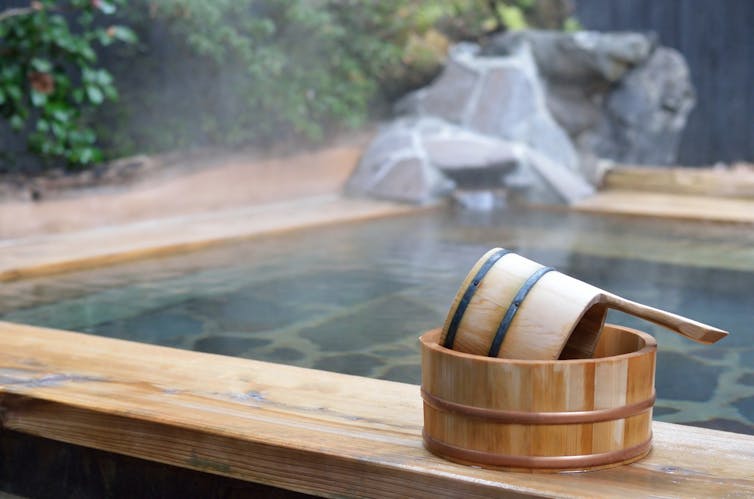Eat to Live: Time Restricted Eating
What if there was one simple lifestyle change that could increase your lifespan? Researchers who study the science of longevity and disease prevention have found that there is indeed one simple lifestyle pattern that can decrease the risk of cancer, heart disease, obesity, diabetes and more: don’t eat at night. It turns out that our bodies are designed to process food better during the day, and when we eat at night, we rob our cells and organs of much-needed rest and repair. Studies show that while of course it matters what we eat, it also matters when we eat.
The human body evolved to eat during the daylight hours, when it’s safe to collect and prepare our food, and not to eat in the evening, when it’s dark and dangerous to be outside. Fifteen percent of the human genome works on a body clock, and about 50% of those genes are involved in the metabolism of food. We know the brain has a circadian rhythm, but so do the pancreas, intestines, liver and more.
Now with the advent of electricity and demanding work hours, we typically have our largest meal of the day in the evening and often snack after that. Our meal patterns are not in alignment with how we evolved to eat and can be detrimental to our metabolism and our cellular repair mechanisms. Does it really make sense to consume most of our calories within hours of going to sleep? It’s like showing up to a restaurant at closing time: the cooking staff will not be happy. Eating at night has been shown to raise blood sugar and insulin, increase inflammation, throw off hormones and decrease the important daily cellular clean-out called autophagy. Under these conditions the body can become fertile soil for disease.
As a naturopathic physician I regularly monitor these blood parameters and show people ways to lower their risk factors with lifestyle changes and natural medicines. One of those ways is to just change when you eat. Eating breakfast, lunch and dinner within the daytime hours, before 7 p.m., and allowing at least a 13-hour fast overnight is enough to show benefits. Some experts recommend extending that fasting window further by having a later breakfast and an earlier dinner if you can.
Time restricted eating has even been shown to reduce cancer rates. In one study, of 2,500 breast cancer survivors who tracked their food intake for seven years, a strong association was found to when they were eating. Women who had at least a 13-hour overnight fast had a 40% decrease in breast cancer recurrence and an over 15% decrease in all causes of mortality, regardless of whether they were overweight or not.
Other conditions that have been shown to improve from extended overnight fasting are gastric reflux, fatty liver, cardiovascular disease and diabetes. Weight loss with this mechanism alone is modest, but it can add up over time. In a famous study, two groups of mice were fed the same number of calories, but one group was fed only during the mice’s daytime and the other could graze all day and night. The mice in the Time Restricted Feeding group lost more weight than the other mice. In similar human trials, weight loss is more significant because without even trying, people will consume about 200 fewer calories per day when they stop nighttime snacking.
Time Restricted Eating is a simple lifestyle change that anyone can implement. Your body is designed to thrive in those conditions. Pregnant women and people with blood sugar issues, eating disorders or other health conditions would be wise to consult with their naturopathic physician or family doctor before making any dietary changes.







